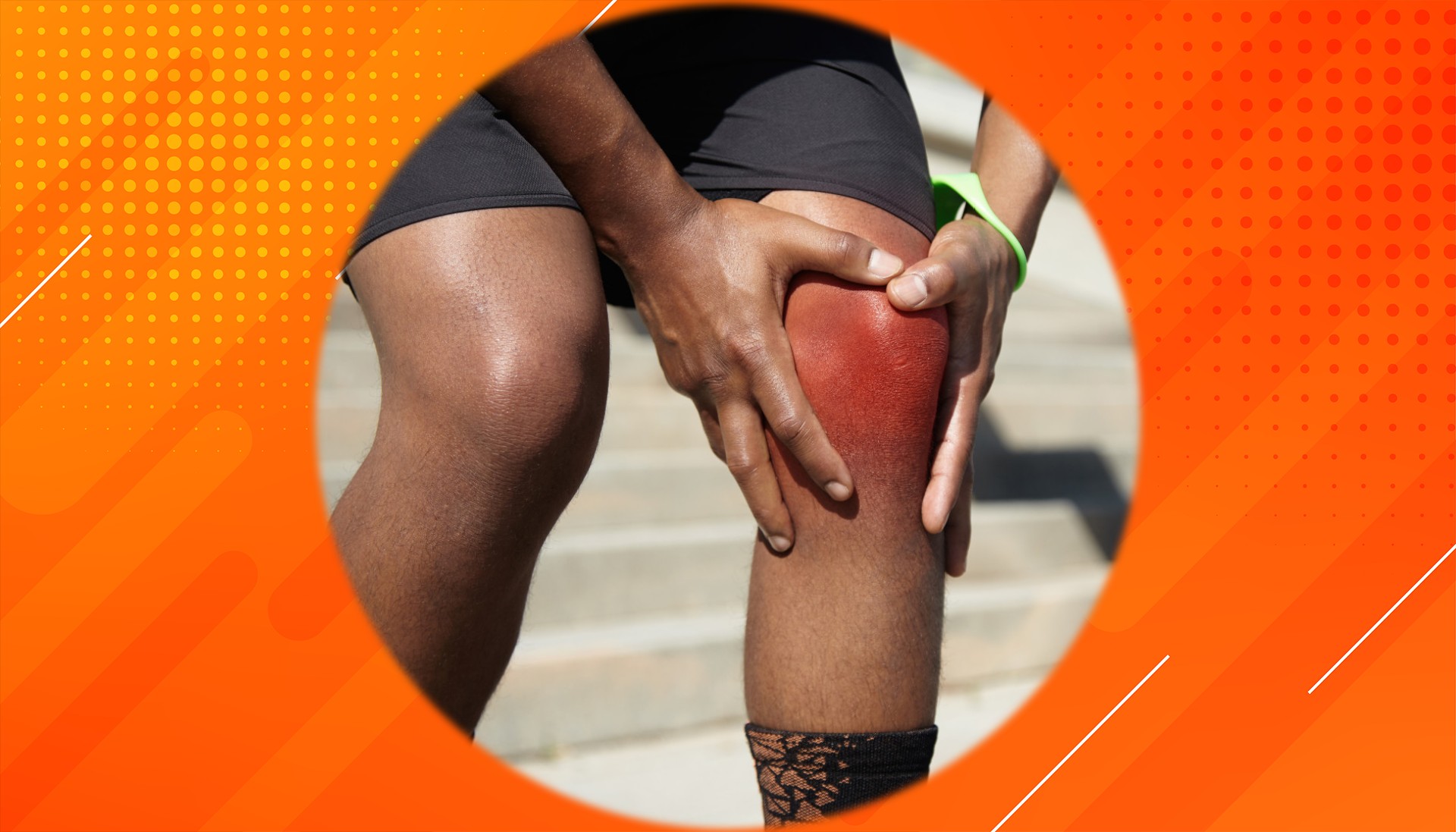Introduction
Runner’s knee, also known as patellofemoral pain syndrome, is a widespread concern among runners. It causes discomfort around or behind the kneecap and can interfere with training routines. While running is fantastic for your fitness and well-being, issues like improper support for your knees or inefficient running form can put extra strain on your joints. Over time, this added stress may lead to pain and contribute to the gradual development of knee osteoarthritis—a condition where the cartilage in your knee joint wears down.
In this article, we’ll break down how running impacts your knees and how simple, science-backed strategies can help relieve pain and protect your joints. Drawing on recent research, we’ll explain why strengthening your knees and managing stress on them are vital for staying pain-free and running long-term. Even though the root causes of osteoarthritis are complex, mechanical factors and repeated joint stress play important roles.
What Is Runner’s Knee and Why Does It Happen?
Runner’s knee develops when the kneecap (patella) doesn’t glide smoothly over the thigh bone, leading to irritation and pain. This isn’t usually caused by a single injury; instead, it results from ongoing, repeated stress.
Imagine the cartilage in your knee as a cushion protecting your bones. Running generates force with every stride, and it’s not just the force of an individual step that matters but the total stress your knees experience over time—referred to as “cumulative load.” If this load is excessive or unevenly distributed, the cartilage can start to wear down.
Research dating back decades shows that factors like poor knee alignment, muscle imbalances, and running mechanics all influence the pressure on your knee joint. That’s why rest alone may not resolve runner’s knee. Targeted exercises that strengthen the muscles around your knee and hips can better equip your joints to handle these forces, reducing discomfort.
When you search for “runner’s knee exercises” or “knee strengthening exercises at home,” you’ll find routines designed to improve muscle balance and joint stability. These exercises ease symptoms and lower the risk of developing more severe conditions, such as osteoarthritis. Knee problems are quite common, especially in certain populations and as we age—making proactive care essential.
How to Prevent Runner’s Knee: Stretch, Strengthen, and Adjust
The best approach to preventing and managing runner’s knee is threefold: stretch, strengthen, and adjust your running habits.
- Stretch Tight Muscles: Tight quadriceps, hamstrings, and the iliotibial (IT) band can pull unevenly on your kneecap and increase pain. Regularly stretching these areas relieves tension and reduces pressure on your knee.
- Strengthen Key Muscles: Strengthening the muscles around your knees and hips helps your kneecap move correctly and absorb shock during running. Simple at-home exercises like straight leg raises, wall sits, step-ups, and side leg lifts focus on your quadriceps, hip muscles, and glutes—boosting joint stability and support.
- Address Outer Knee Pain: Pain on the outside of the knee, often unrelated to swelling, can be a sign of IT band tightness. Foam rolling and stretching this area help relieve friction. Occasionally, a patellar brace or supportive strap can keep your kneecap aligned while running.
- Improve Running Form and Recovery: Small tweaks, like landing more on your midfoot or increasing your step rate (cadence), can reduce the load on your knees. Incorporating rest days and cross-training with low-impact activities, such as swimming or cycling, gives your knees valuable recovery time and supports cartilage health.
Combining these tactics tackles both the symptoms and root causes of runner’s knee, helping to prevent long-term knee damage and osteoarthritis. Mechanical factors—not just body weight or lifestyle—play a major role in knee health.
Practical Tips for Runners
Here’s a straightforward plan to keep your knees strong and healthy:
- Stretch Daily: Loosen your quadriceps, hamstrings, and IT band to reduce muscle tightness.
- Strengthen Regularly: Do knee and hip strengthening exercises at least three times a week. No special equipment is needed—these are all easy to do at home.
- Cross-Train: Mix in low-impact sports like swimming or cycling to maintain fitness without overloading your knees.
- Check Your Running Form: A coach or physical therapist can analyze your technique and recommend adjustments that reduce knee stress.
- Listen to Your Body: Don’t ignore persistent knee pain. Getting early advice from a professional can prevent more serious injury.
By following this plan, you’ll build stronger, more stable knees and reduce your risk of developing runner’s knee or progressing to osteoarthritis. While factors like age and gender may influence joint health, preventative strategies are beneficial for everyone committed to running safely.
Conclusion
Runner’s knee is a frequent challenge for runners, but it doesn’t have to keep you sidelined. With regular stretching, strengthening, and mindful running habits, you can manage pain and protect your joints for the long haul. Taking proactive steps now will help keep your knees healthy—and your running enjoyable—for many years to come.
If knee pain continues, don’t hesitate to seek guidance from a healthcare professional. Taking care of your knees today ensures you can keep pursuing your passion for running well into the future.
References
Magnusson, K., Kumm, J., Turkiewicz, A., & Englund, M. (2018). Early knee osteoarthritis or healthy ageing? [Abstract].


